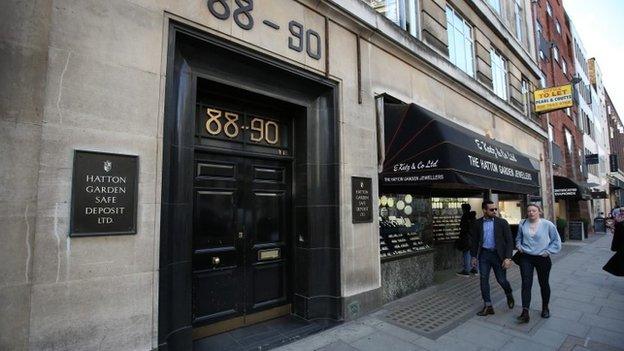Hatton Garden raid: The mystery deepens
- Published
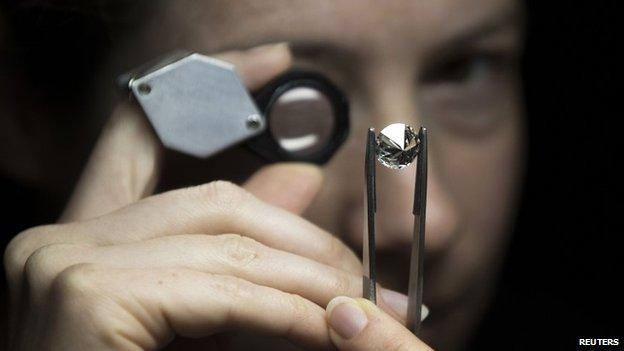
The "highly audacious" jewel robbery at Hatton Garden, home to the diamond trade since the 19th Century, has captured the public imagination. But as more details emerge, the mystery deepens and the questions proliferate.

No ordinary robbery?
In the past few days, it has become clear there was a high level of sophisticated planning. The seven-storey building is home to many businesses, and breaking into the target area of the vault will have taken at least a day.
One of the last big robberies to attract news coverage on a similar scale was the £53m Securitas raid, external in Kent in 2006. In that case, arrests followed fairly quickly.
In the Hatton Garden raid, it is still far from clear who might have done it - speculation ranges from an Eastern European gang to east London thieves.
Also unclear is exactly what was stolen and how the thieves concealed their actions in such a busy urban area.
The other topic of intense speculation is what they might have done with the stolen gems - are they still in the UK or already en route elsewhere?

How did the thieves get away with it?
One of the fascinating things about the raid is all the possible missed opportunities to catch the thieves in the act:
It was carried out in full view of CCTV cameras - but these do not appear to have been monitored externally. There have been reports of power cuts in the area days before - but no evidence has been produced of any connection
An alarm on Good Friday is believed to have alerted police - but it was judged to require no further response
Drilling could be heard across the street in the small hours of Good Friday, according to neighbours - but the raid remained undetected until office staff returned to their desks on the Tuesday after Easter
One trader told the Sunday Times the thieves may have struck previously in an identical raid on the same street

What more have we learned in recent days?
CCTV images show the robbers disguised as workmen, wearing hard hats and high-visibility jackets.
They are later seen wearing balaclavas and gloves and using wheelie bins to move the stolen jewels to a white van.
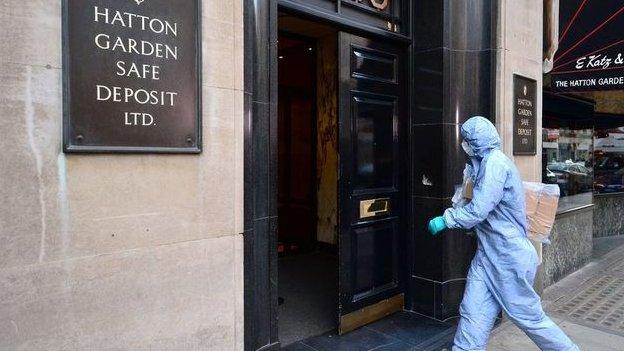
One of them may have hidden inside the building on the Thursday as workers left for the long Easter holiday weekend.
They are understood to have disabled the lift, climbed down the shaft to the basement and drilled through the concrete wall - several feet thick - of the huge vault
Some of the equipment used may have been left behind. If so, it could provide vital forensic information to the police.
Smaller drills are thought to have been used to break open some 70 out of about 1,000 safety deposit boxes. Some are known to have been empty, but not all those who had deposit boxes in the vault have yet been contacted by police and others are thought to have contained gold, diamonds, and precious watches.
The estimated value of the stolen jewels is unknown.
Reports have valued the haul at anything from £30m to £200m - but this is speculation, no more, at this stage.

How and where would the thieves get rid of the jewels?
Gemmological Association of Great Britain chief executive James Riley told the Sunday Times the jewels had probably already left the country.
The UK market was not big enough to absorb that quantity of illicit goods, he said.
Instead, they were likely to be sold in places such as Antwerp, New York, Tel Aviv, Mumbai and Hong Kong.
Some believe the jewels will have left the country within hours and the thieves will have agreed in advance where they were going.
- Published8 April 2015

- Published11 April 2015
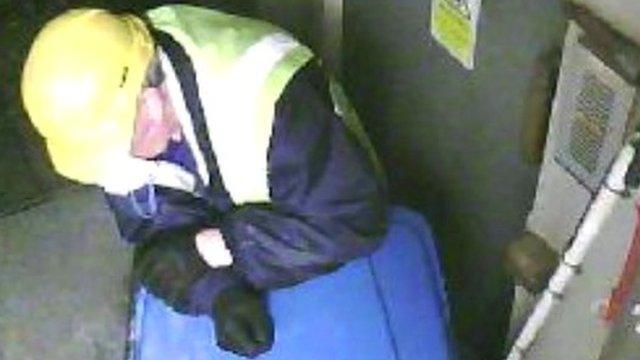
- Published8 April 2015
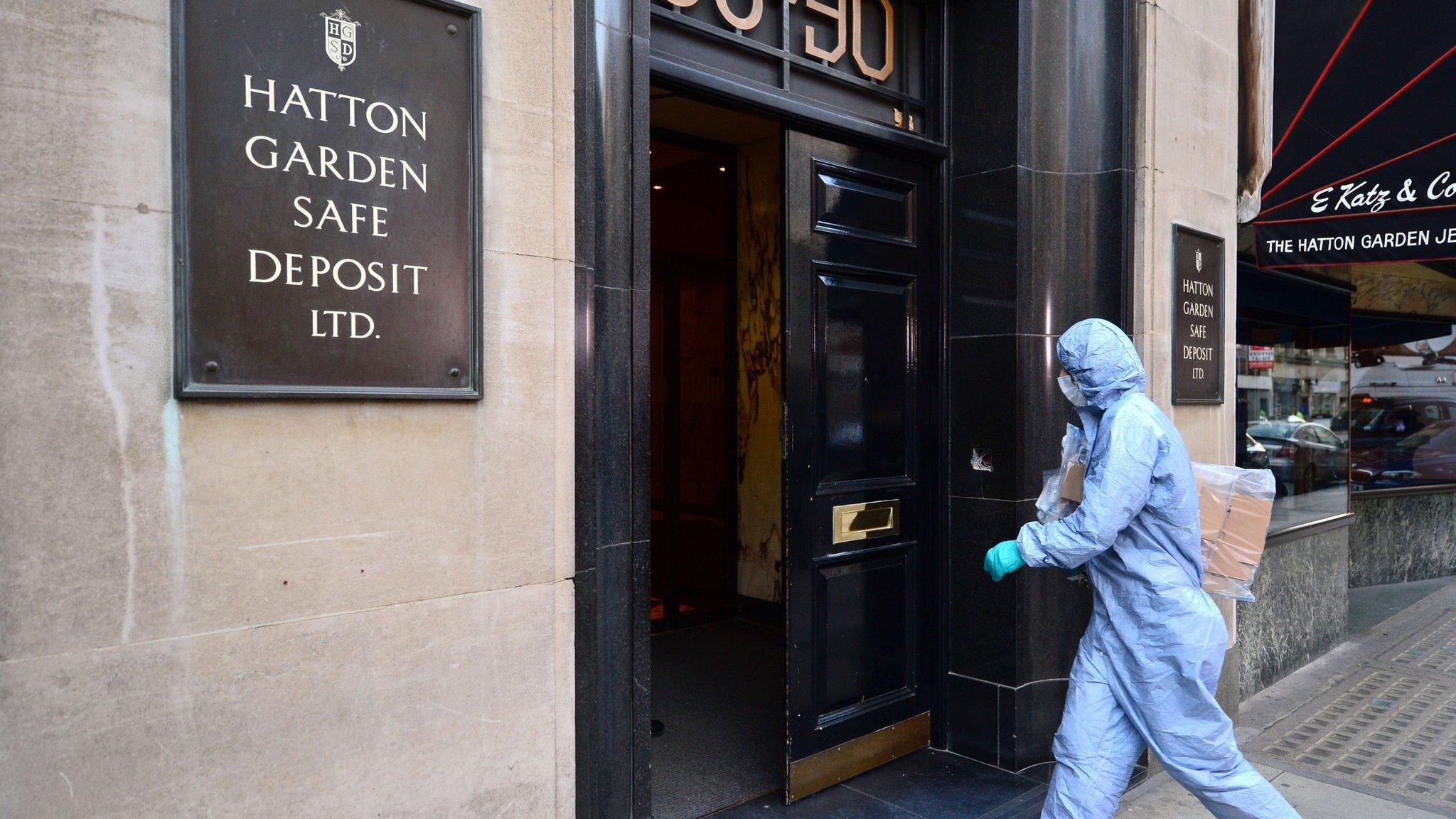
- Published8 April 2015
